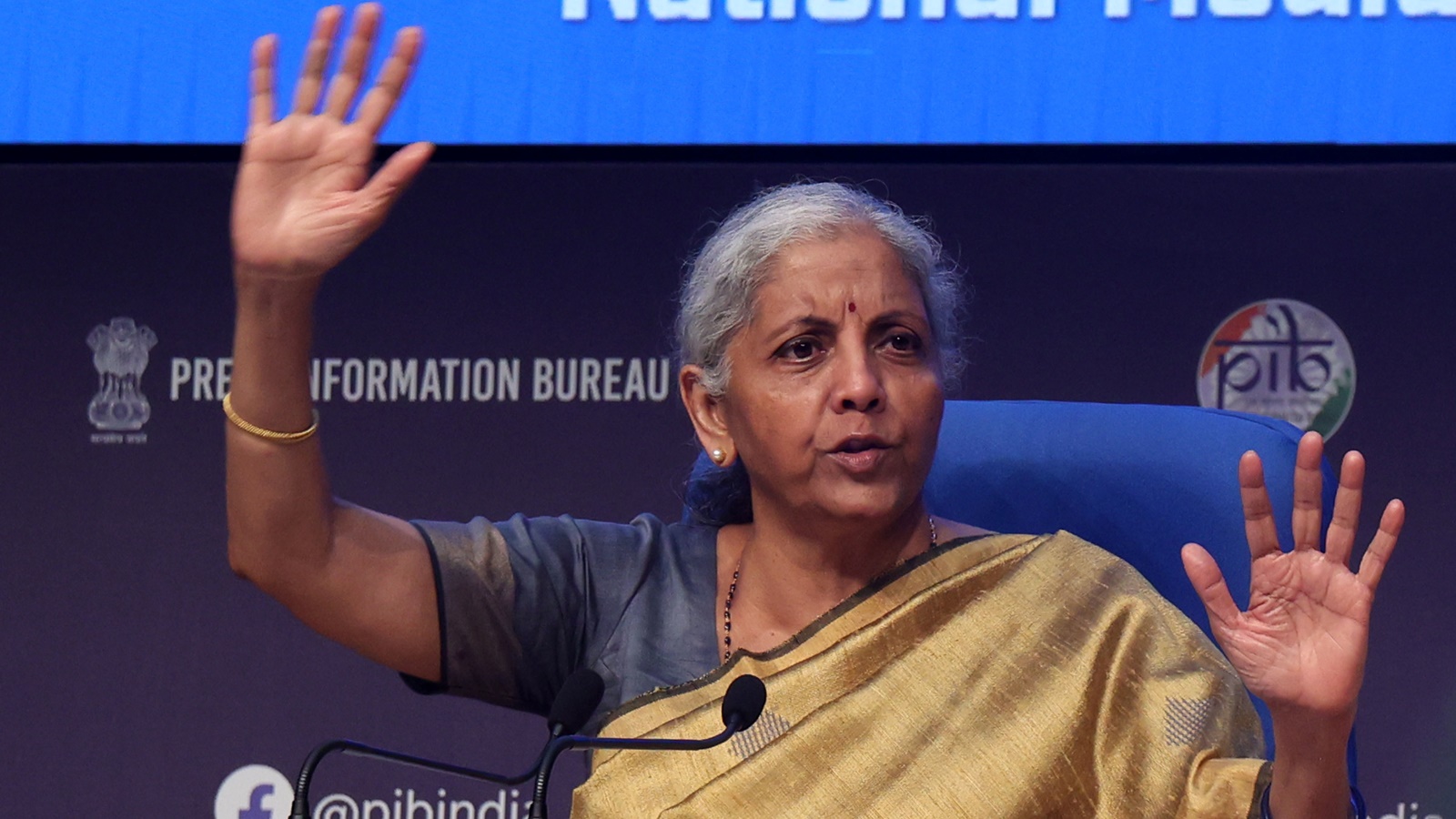The tax oddities faced by businesses due to the multiple rate structure under the Goods and Services Tax regime continue to be a sore point.
At a meeting with Finance Minister Nirmala Sitharaman a few days ago, D Srinivasan, Managing Director of Coimbatore’s Annapoorna Hotels, also pointed out some of the peculiarities of the current indirect tax system with regards to the differences in rates levied on buns and cream buns. “Customers now say they want the bun and the cream separately so that they can apply the cream themselves to save money,” he is reported to have said (‘GST row around FM, restaurant chain makes TN BJP eat its words’, IE, September 14).
This, however, is not the only peculiar example. In fact, there have been numerous such cases that have come up in the past. For instance, a pizza sold and eaten in a restaurant would attract a rate of 5 per cent, while that delivered at home would be taxed at 18 per cent. Another issue was whether Nestle’s KitKat was a chocolate or a biscuit. An editorial in this paper (‘Rationalise the rates’, IE, August 24) had also pointed out some peculiarities of the current tax regime.“There’s similarly no logic to milk not attracting any GST, but skimmed milk powder being taxed at 5 per cent and butter and ghee at 12 per cent,” it said, pointing out that the levy of a tax of 12 per cent on milk fat was also an anomaly “when vegetable fat (edible oil) is taxed at 5 per cent.”
There has also been much criticism over the levy of 18 per cent GST on medical and life insurance. In fact, Union minister Nitin Gadkari has previously said that the levy of 18 per cent GST on insurance amounts to taxing the “uncertainties of life,” (‘Gadkari urges FM to withdraw 18% GST on life, medical insurance premiums’, IE, August 1).
In the discussions prior to the shifting to the GST architecture, many had advocated in favour of opting for a single rate tax system, as opposed to the multiple rate structure that was eventually agreed upon. For instance, the 13th Finance Commission, under the chairmanship of Vijay Kelkar, had suggested a single rate of 12 per cent (5 per cent for central GST and 7 per cent for state GST).
A multiple rate structure increases the compliance burden, especially for small and medium enterprises. It leads to issues regarding classification of items as the numerous examples have shown and raises the prospect of rent seeking. For businesses, it not only diverts precious resources which could have been more effectively deployed elsewhere, but also raises the possibility of litigation.
The report of the chief economic advisor on the revenue neutral rate had recommended a three-rate structure — a low rate on goods, a standard rate on goods and services and a high/demerit rate on goods. However, it did argue in favour of shifting to a one-rate structure over the medium term. The current GST architecture has five main rate slabs: 0, 5, 12, 18 and 28 per cent. And there is also the levy of the compensation cess.
Considering the complications that arise due to the multiple rate structure, many have argued in favour of bringing down the tax slabs. While the GST Council has referred the issue to a Group of Ministers, there appears to be some hesitation towards rationalising the rate structure. Not moving ahead on the issue would not be a prudent choice. As an editorial in this paper has argued, “The rate rationalisation exercise should proceed, looking to not only bring down the number of tax slabs — one proposal has been to merge the 12 and 18 per cent slabs — but also to review the items in each slab to address criticism regarding the oddities in the system,” (‘Ease of paying tax’, IE, September 11).
Unlike India, most countries around the world have, in fact, opted for a much simpler tax system. As per the World Bank’s India Development Update 2018, of the 115 countries surveyed by the Bank, 49 had opted for levying a single tax rate, while 28 had a two-rate structure. Only five countries — Italy, Luxembourg, Pakistan, Ghana and India — have four or more more slabs in place.
Over the years, there has been a steady expansion in the GST tax base. As of June 2024, the total number of taxpayers stood at 1.4 crore, with 42.5 lakh migrating from the pre-GST regime. Collections under this indirect tax regime have grown from Rs 11.77 lakh crore in 2018-19 to Rs 20.18 lakh crore in 2023-24. Alongside, the GST Council has also taken several steps to curb the leakages from the system. The Council must now move ahead on the contentious issue of rate rationalisation.



